The Slow Decay of a 19th Century Grain Storehouse in Red Hook
Brooklyn’s industrial heritage ought to get more attention and much more love.

The 1886 S.W. Bowne grain storage warehouse. Photo by Susan De Vries
Editor’s note: This story originally ran in 2014 and has been updated. You can read the previous post here.
Brooklyn’s industrial heritage ought to get more attention and much more love. The city wouldn’t be what it is today if it weren’t for industry. There would have been little need for the row houses, tenements and mansions, if there hadn’t been successful businesses here.
We used to make things, store things and ship things — everything imaginable from food stuffs to widgets. Now we seem to only see our waterfront and canal areas as prime spots for luxury housing, but these areas were designed for work.
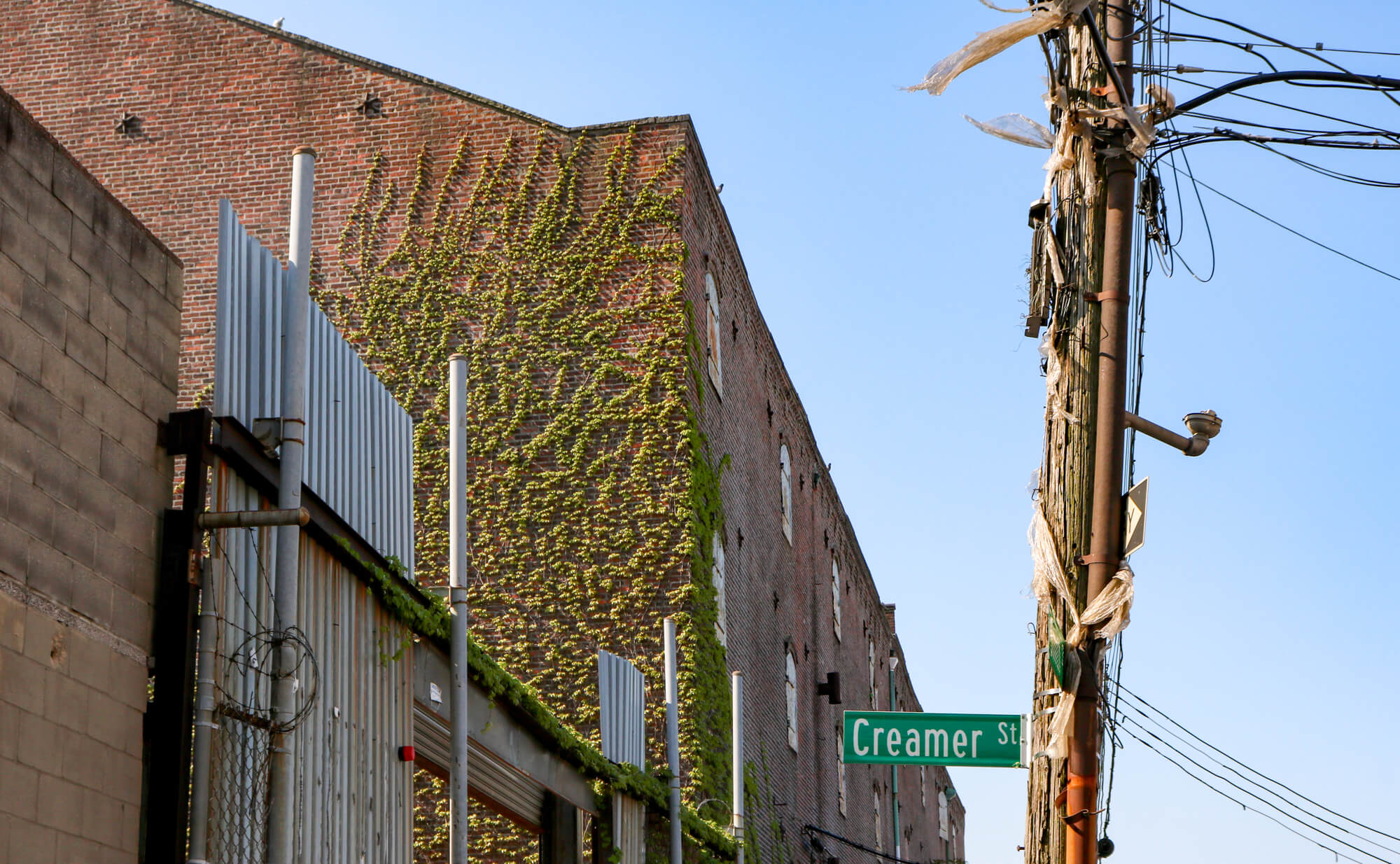
Tucked away at the mouth of the Gowanus canal and almost under the BQE is this large and forgotten building, a classic late 19th century brick warehouse, at 595-611 Smith Street in Red Hook. It was the S.W. Bowne Grain Storehouse, built in 1886. Back then, Brooklyn’s Red Hook piers and Gowanus’ warehouses were the heart of a shipping industry that brought in, stored and shipped goods all over the world.
Foodstuffs and commodities were among the most prolific goods stored and traded here, including grain — an incredible amount of grain and related plant materials — between 1850 and 1950. The remains of this part of the industry are scattered in many forms in the Red Hook/Gowanus area. This is one of them, a forgotten treasure.
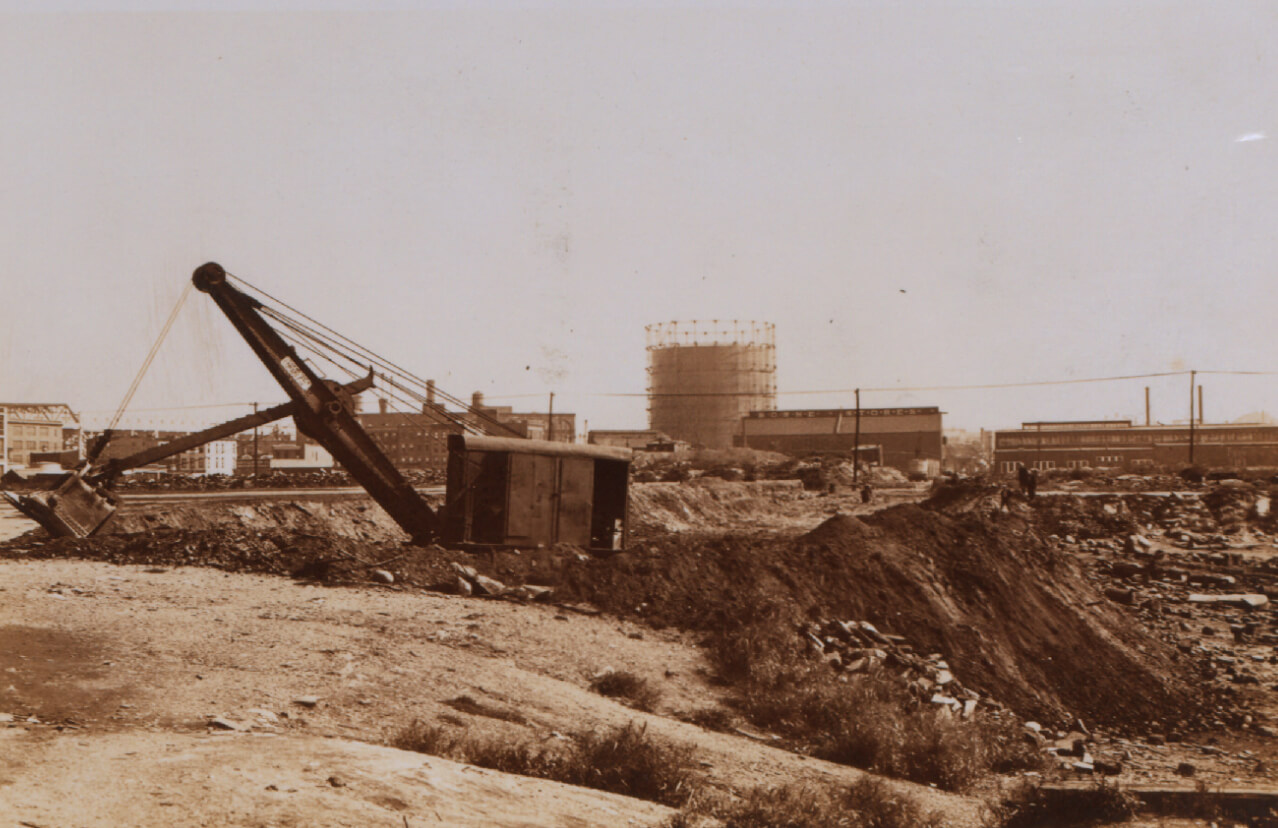
The S.W. Bowne Company sold hay, straw, grain and feed. They also manufactured oat and corn into processed livestock feed. This large warehouse stored that grain, four stories of grain and feed, most of it stored in woven sacks. It would have been a very labor intensive business, involving men moving heavy sacks of grain around all day, storing it by type and date, and moving it for sale or inspection.
It was vital to keep it bone dry, guarding against mold and rot, not to mention rodent and insect infestations. Simple pulley lifts were probably used, as well as ramps and sliders. By 1916, they had conveyer belts and machinery to move and mix the goods.
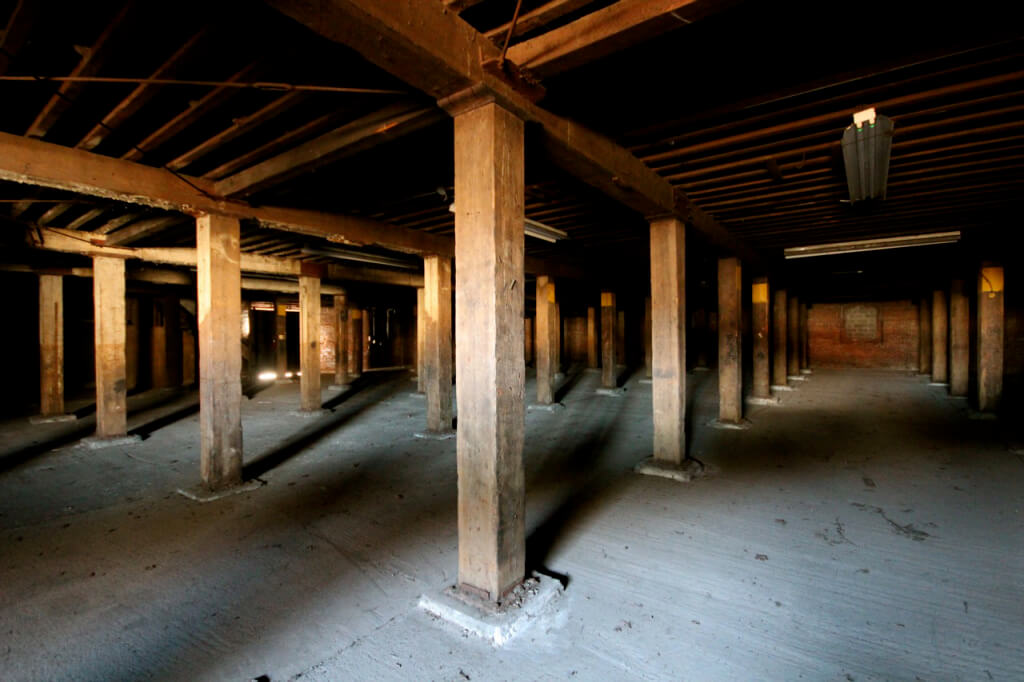
The building itself is good red brick, with metal doors. There are various sets of stairs and ramps inside, and a lot of beams supporting the floors and ceilings, as grain is very heavy. This is a solidly built building. It also has an upper roof section with clerestory windows to allow light into this very dark building. That was quite rare for grain warehouses. The light came down through the windows and continued down through the center stairway.
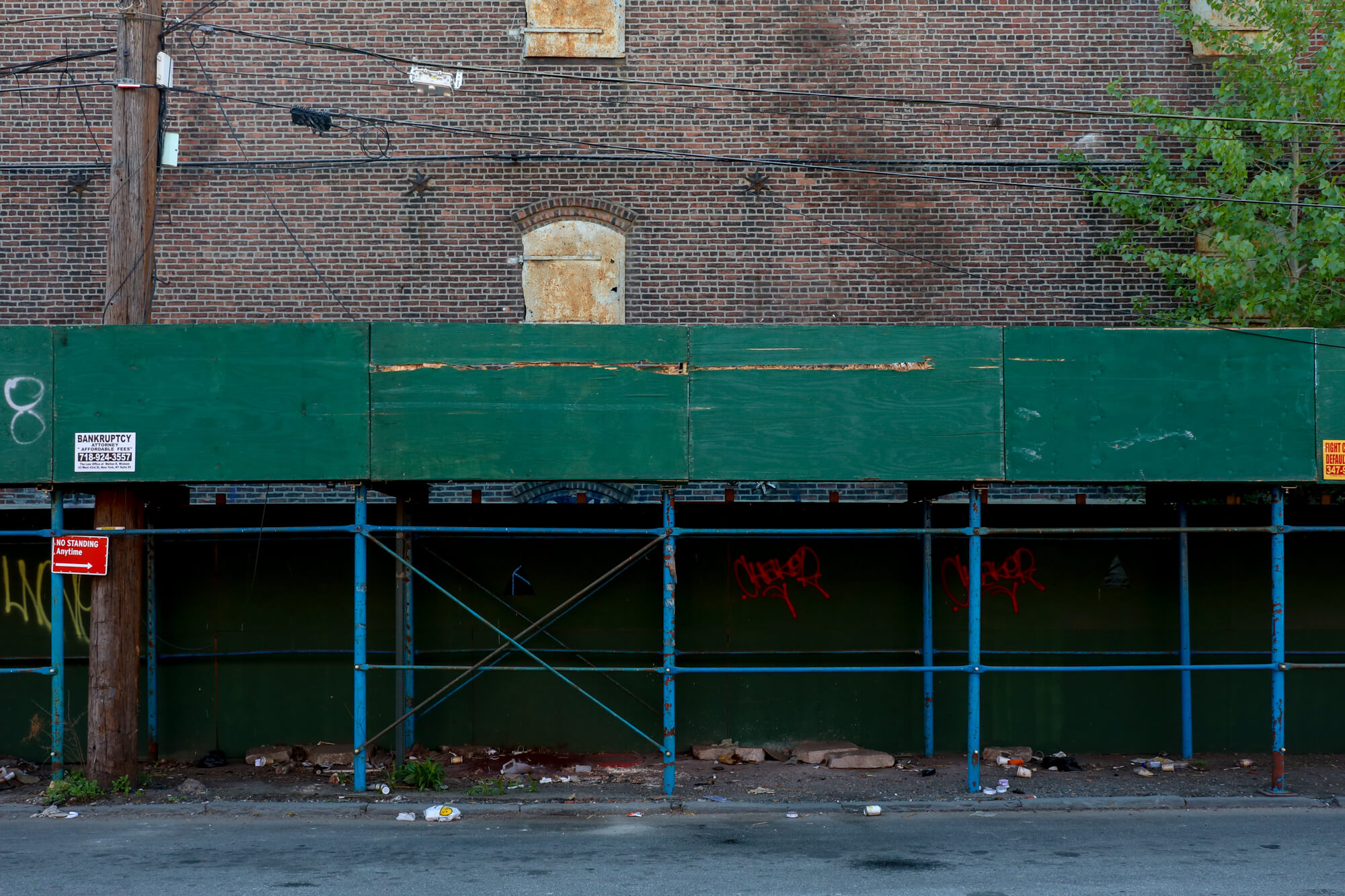
S.W. Bowne was not a huge company, but it traded stock and had a board of directors. Its president was S.W. Bowne himself, and he owned 560 of the 800 shares in the company. Bowne was not a sit in the big office kind of man. He often went into the warehouse and worked alongside his staff. In 1916, he was helping his men bring some wood in through one of the windows when his foot went through the floor and his pant leg was caught in a conveyer belt that ran below the floor. The belt pulled him down into the machinery, crushing his leg in an instant. He would have to have it amputated above the knee.
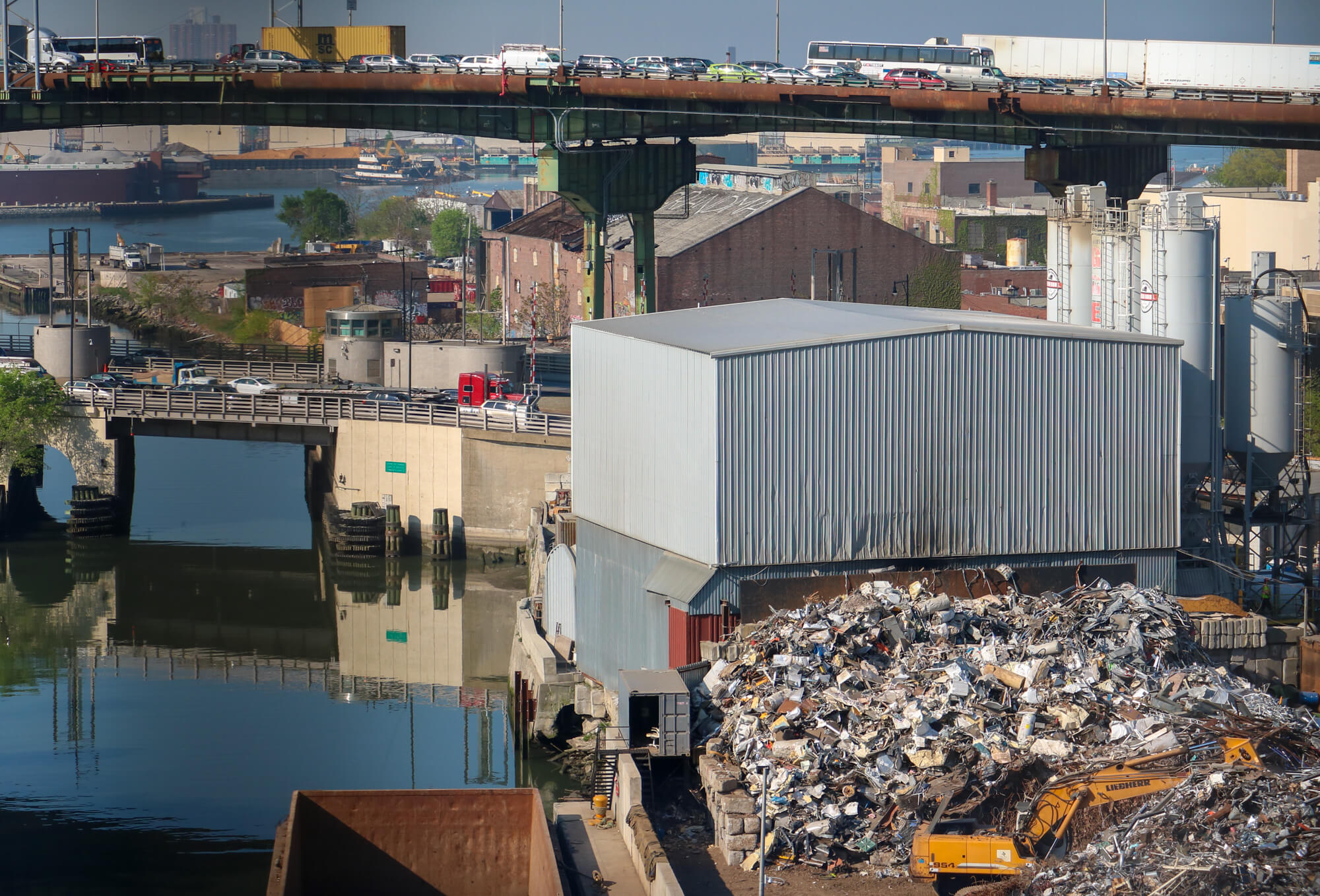
He had to sue to get workman’s compensation, claiming to be an employee of his own company, and thereby due compensation. The court agreed. His board of directors disagreed, and the case ended up in the Court of Appeals. They ruled that even though he did own a majority of the stock, and was the president of the company, he was also a working employee, and therefore due workman’s comp. The case is listed in the 1916 NY State Court of Appeals as Bowne v. SW Bowne Co.
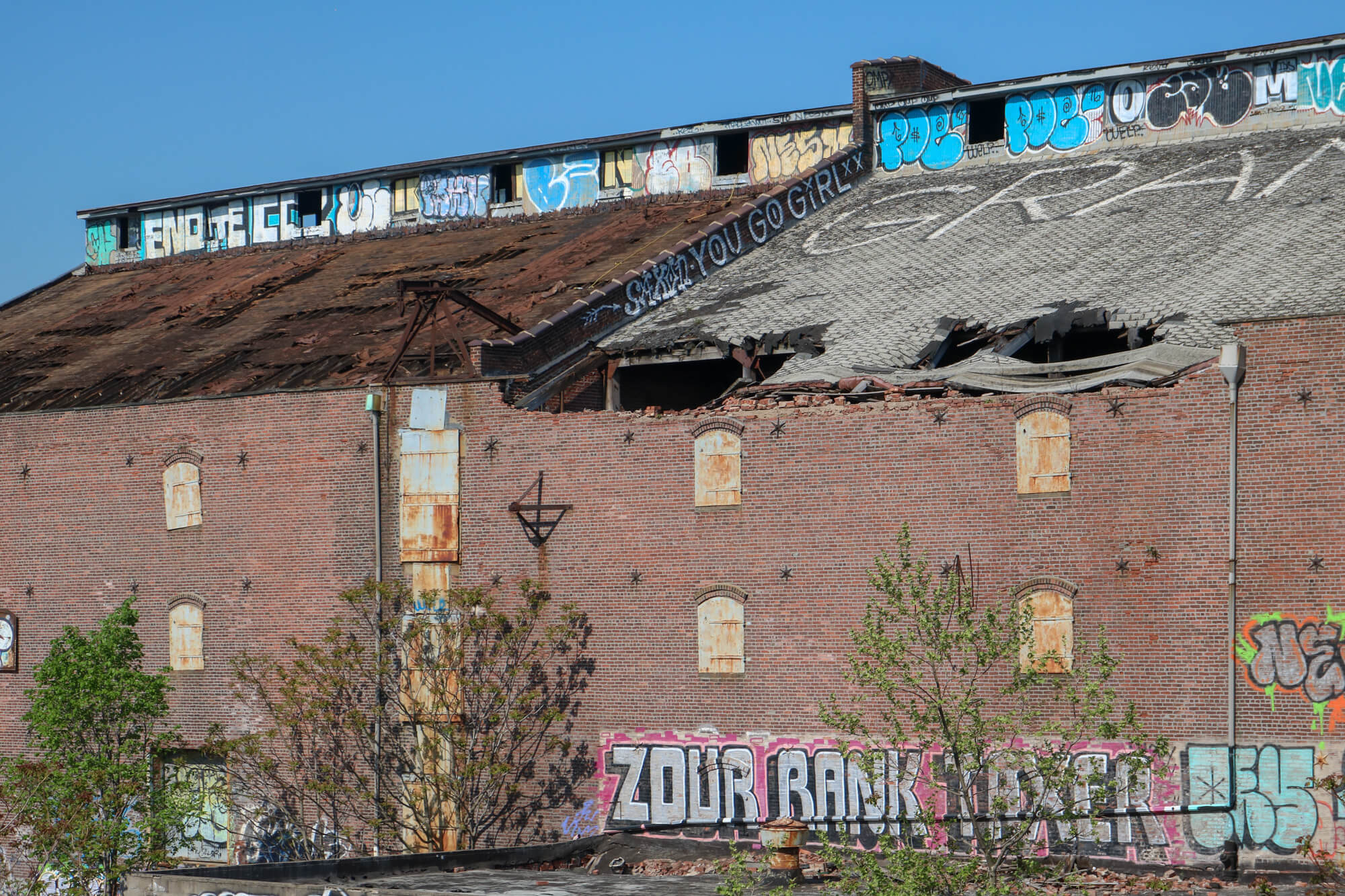
The warehouse has not been in use since the 1960s. An LLC named CF Smith bought it from a longtime owner in 2007 for $14.5 million, according to public records. Recent permit applications reveal the owner is Meyer Chetrit of the family that owns well-known real estate firm Chetrit Group. Their many projects in Brooklyn include the M500 hotel, the supertall at 9 Dekalb, and Hotel Bossert.
A portion of the roof caved in by 2014 and the seemingly abandoned building attracted graffiti artists, who used the canal facing walls as their canvas. Department of Buildings records show a vacate order was placed on the building in 2014 because of a collapsing parapet.
A great series of interior and exterior photos was taken in March 2014 by a photographer named “wally426” on the Lens blog, here. It’s worth checking out.
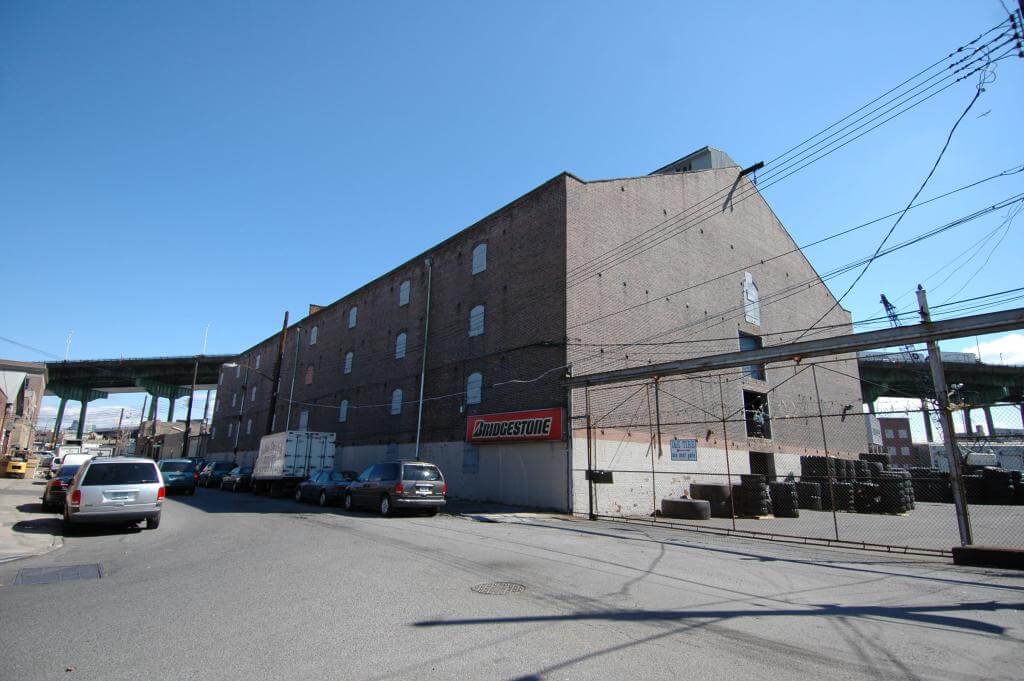
Green construction fencing went up around the large lot in 2017, and the one-story metal-covered outbuilding on the property was demolished. So far there aren’t any applications to demolish the storehouse itself or put up a new building here.
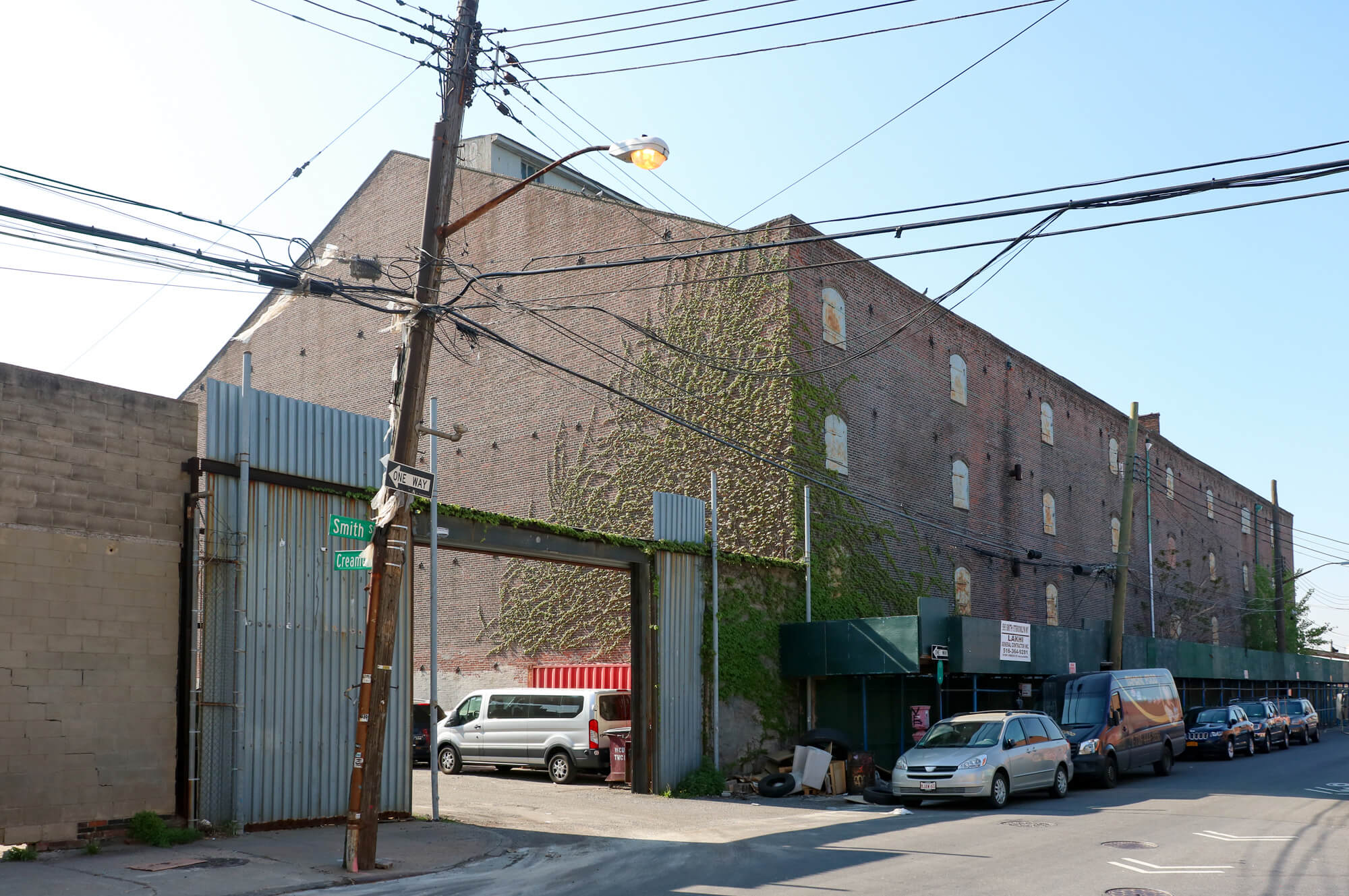
One can only wonder what’s next for this historic building. It is well known by preservationist organizations in New York, and is part of a Gowanus Historic District that was declared eligible for the National Register of Historic Places in 2017, but not yet listed. That designation would not prevent anyone from tearing down the building, although it would make the owner eligible for some hefty state and local tax credits for work on the building. Please don’t destroy it.
[Photos by Susan De Vries unless noted otherwise]
Related Stories
- An Industrial Building, the Gowanus Station, Surprises With Terra-Cotta Flourishes
- This Gowanus Factory Has History All Boxed Up
- Could Sleepy Red Hook Really Be Transformed Into a Giant Mass of Skyscrapers?
Email tips@brownstoner.com with further comments, questions or tips. Follow Brownstoner on Twitter and Instagram, and like us on Facebook.

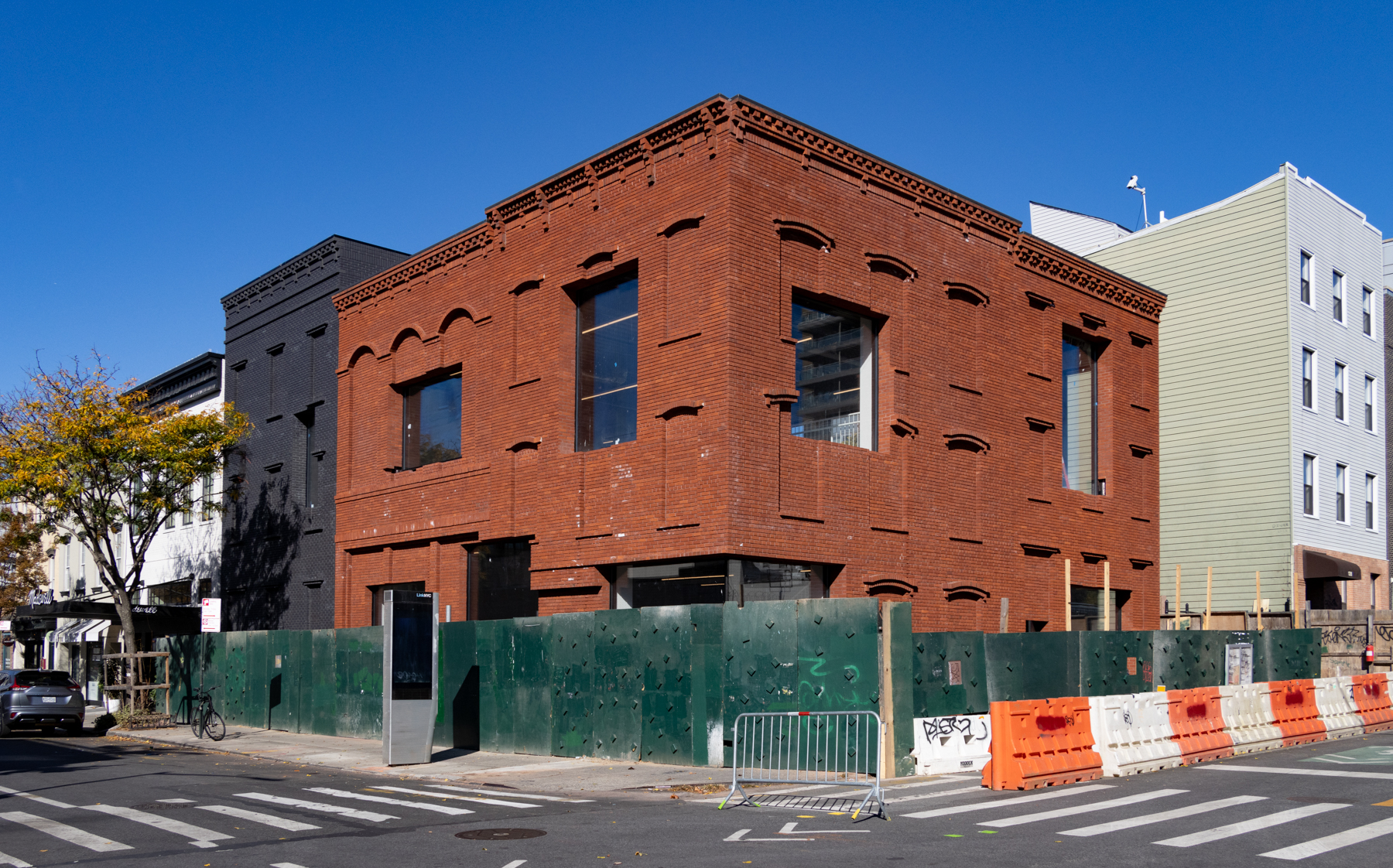


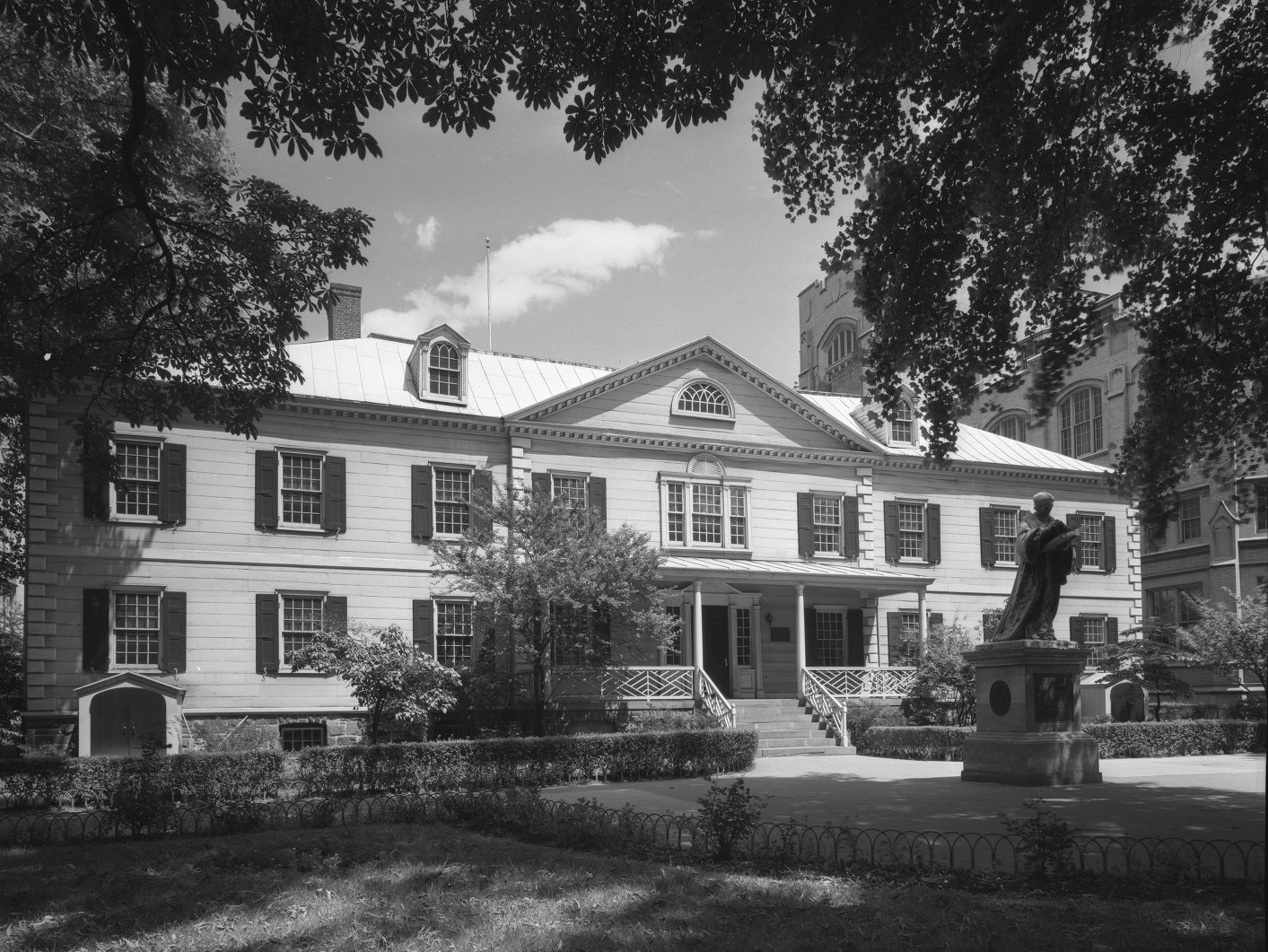




What's Your Take? Leave a Comment